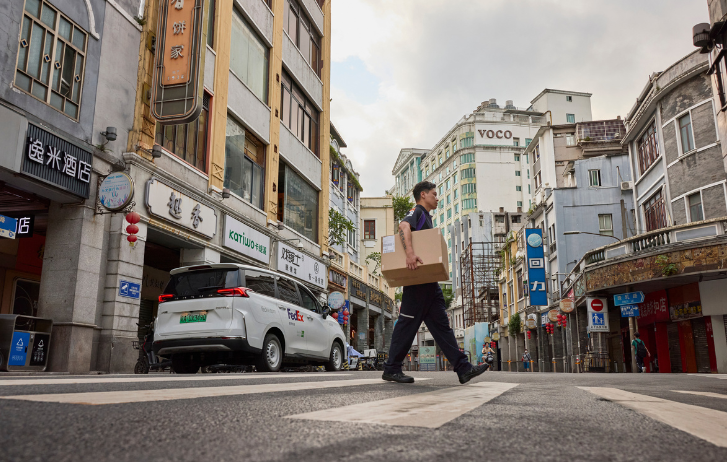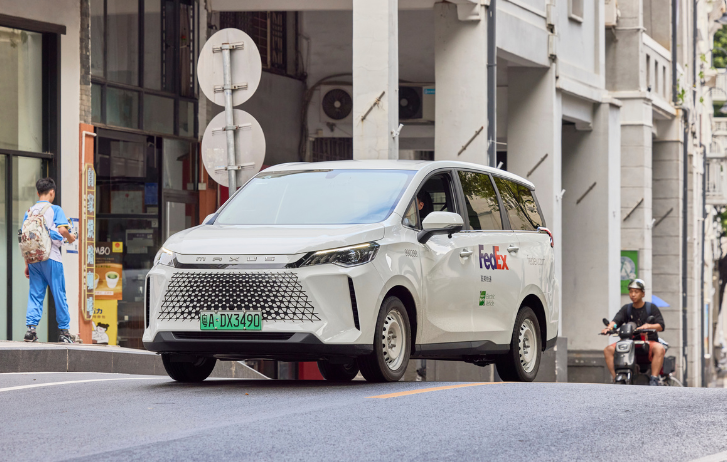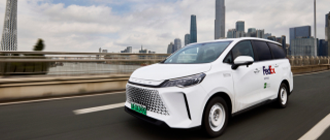
More Than Just A Spark: EVs In China's Yangtze River Delta Region
By FedEx | January 10, 2025
China is all-in on electric vehicles, and the Yangtze Delta Region is no exception. We explore how the region’s businesses, manufacturers and logistics companies are being powered by EVs.
- In the Yangtze River Delta, innovation and big industry meet to drive forward economic development and sustainable growth.
- With government support, major transport networks and freight forwarders have adopted electric vehicles to bring down emissions and streamline logistics.
- From manufacturing and textiles to the movement of cargo, EVs have become a mainstay in moving goods and people from A to B.
China’s Yangtze River Delta (YRD) - which includes Shanghai and the neighboring provinces of Jiangsu, Zhejiang and Anhui - is known for its economic dynamism and entrepreneurial spirit. As one of China's most economically vibrant, open and innovative regions, more emphasis has been placed on environmental protection and sustainable development in recent years.
Besides pursuing economic growth, businesses and consumers are searching for cleaner and more efficient transportation solutions. The penetration rate of new energy vehicles in this region surpassed 50% in September 2024. From reducing carbon emissions to improving operational efficiency in logistics, EVs are reshaping the future of transportation in the YRD region.
Shaping an environment for change
Supportive local government policies and extensive charging infrastructure are helping the Yangtze River Delta become a major center for EV adoption in China. Recognizing that EVs can reduce pollution and modernize transportation, local governments are providing the support and infrastructure for a transition to electric mobility.
Policies to promote EVs have been implemented in various municipalities in line with China's goal to achieve carbon neutrality by 2060. Ningbo was selected as one of the 15 pilot cities for fully electric public vehicles. By 2025, the city will electrify 100% of new and renewed heavy-duty vehicles, such as city buses, postal trucks, and those used in urban logistics and distribution.
A robust charging infrastructure system is of critical importance to the growing number of EVs on the road. Local authorities are continuing to implement policies that will improve the infrastructure for EVs. Recently announced plans included the installation of over 70,000 new public charging piles in the YRD region. By December 2024, the number of public charging piles in the region exceeded 700,000, with a vehicle-pile ratio of 1.58.
Greater demand for safety and sustainability
Manufacturing and textiles are the mainstays of YRD region's economic development. Both industries require stringent safety regulations for flammable materials to protect against economic, human and environmental risks.
Diesel and gasoline engines, for example, generate considerable heat. In environments with flammable materials such as chemicals and clothing, this heat can ignite nearby materials and cause fires, according to local manufacturers in Ningbo.
Compared to traditional fuel vehicles, EVs remove the fire risk from fuel leaks or spills as they run on electricity. They also generate less heat than internal combustion engines, reducing the risk of ignition of nearby flammable materials. This has made them increasingly popular with companies in the YRD region.
Better for freight: Cargo capacity of EVs
As of November 2024, the YRD region's total import and export value reached 14.56 trillion yuan, reflecting a 5% year-on-year increase and accounting for 36.6% of the national total. High-end manufacturing products, including automobiles, ships, and integrated circuits, are vital drivers of foreign trade growth in the region.
This includes a significant amount of heavy and large cargo. With small interior spaces, traditional fuel delivery trucks are unsuitable for transporting large pallets for freight cargo customers. The large cargo capacity of EVs is one of their major advantages for transporting goods.
The MAXUS EV90 is one of the main types of electric vans used by FedEx teams in the region for loading and unloading large pallets. With a cargo capacity of more than 388 cubic feet, more pallets or larger goods can be transported in a single trip.
Some FedEx employees in Ningbo have also shared that EVs provide a better driving experience compared to diesel vehicles when delivering heavy loads. For delivering large quantities of 1.5-ton pallets, the EV was easier to drive due to its higher torque and power.
An electric future for logistics
Data indicates that global EV penetration is expected to hit 41% by 2030. For many drivers, EVs have lower fuel costs compared to gasoline or diesel vehicles, as the cost per mile for electricity is generally less than that of fossil fuels. In most cases, they have fewer moving parts than traditional internal combustion engine vehicles. Apart from battery issues which can be common, EV drivers may see lower maintenance fees and less downtime from service failures.
Ever since the operation of our first EV in California, US three decades ago, we’ve been working to gradually electrify our vehicles. As part of our goal to achieve carbon-neutral operations globally by 2040, we’re building up to a 100% electric pickup and delivery fleet. With China running the largest electric fleet in APAC, we’ll continue to prioritize EV adoption here and elsewhere in the region to help meet our sustainability targets.
SHARE THIS STORY
- How To Ship A Giant Panda
- How To Make Freight Shipments Work For Your Small Business
- The Rise Of Intra-Asia Trade: Opportunities In The China-Southeast Asia Corridor
- Southeast Asia: The Next Manufacturing Powerhouse?
- 8 Most Unusual Shipments In The History Of FedEx
- Where Do Old Planes Go When They Retire?
Sign up now and save on your shipping rates!
Sign up now and earn discounts by shipping instantly with FedEx Ship ManagerTM at fedex.com.
Recommended For You
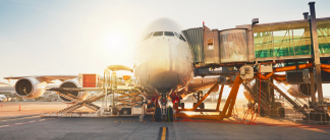
The Rise Of Intra-Asia Trade: Opportunities In The China-Southeast Asia Corridor
Emerging trade lanes in Asia present possibilities for businesses of all sizes, particularly APAC SMEs looking for international trade opportunities.
Read More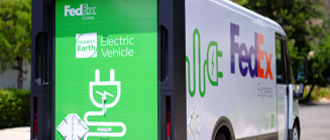
How EVs Are Driving Towards A More Sustainable Future
Driving towards our goal of achieving carbon neutral operations by 2040, we’ve been busy testing and deploying zero-emission electric vehicles.
Read More
Energizing the Future: Electric Vehicles In Taiwan
Taiwan is on the road to more sustainable mobility. Check out how last mile and low-emissions deliveries are being powered by e-scooters and EVs.
Read More